Apr
22
2019
Wood boring insects refer to a selection of arthropods which cause damage to wooden structures. This group of insects features a range of species of insect at different stages of their life cycles from larvae to adults.
Wood-boring insects are seen as pests due to...
Apr
01
2019
Did you know?
Only female mosquitoes bite humans.
Mosquito Facts
There are about 170 different kinds of mosquitoes in North America alone. These pests are part of the same family as houseflies and fruit flies, because they all have...
Mar
22
2019
Did you know?
Fleas can remain frozen for a year and survive.
Flea Fact
Fleas transport themselves on rodents and other mammals, and usually remain on their hosts at all times. The most common species is the cat flea, which often...
Mar
22
2019
Did you know?
Unlike bees, a wasp's body is smooth and has no hair.
Explore Wasps
Bald-Faced Hornets
European Hornets
Yellow Jackets
Wasp Facts for Kids
Most wasps live less than one year and some only live for a few months.
...
Mar
22
2019
Did you know?
Ticks can live as long as 200 days without food or water.
Tick Facts
Ticks are more closely related to spiders and scorpions than insects.
Ticks get onto pets and people by jumping.
There are two...
Mar
22
2019
Did you know?
Termites have been around since the time of the dinosaurs!
Explore Termites
Dampwood Termites
Drywood Termites
Formosan Termites
Subterranean Termites
Termite Facts
All termites are social insects and raise their young as a group.
The total weight of all...
Mar
22
2019
Did you know?
There are over 35,000 species of spiders.
Explore Spiders
Black Widow Spiders
Brown Recluse Spiders
Spider Facts
The largest spider in the world is a species of tarantula found in South America where one specimen had a...
Mar
22
2019
Did you know?
A rat can swim for three days before it drowns.
Explore Rats
Norway Rats
Roof Rats
Rodent Facts
An adult rat can squeeze into your home through a hole as small as the size of a quarter....
Mar
22
2019
Did you know?
Male silk moths can detect female moths up to several miles away.
A Mexican "Jumping" Bean jumps because a moth larva living inside the bean squirms when it gets warm.
The female moth lays between 60...
Mar
22
2019
Did you know?
Mice can squeeze through spaces as small as a dime.
Explore Mice
Deer Mice
House Mice
Mouse Facts
Despite their tiny bodies, mice eat between 15 and 20 times a day.
A house mouse produces between 40...


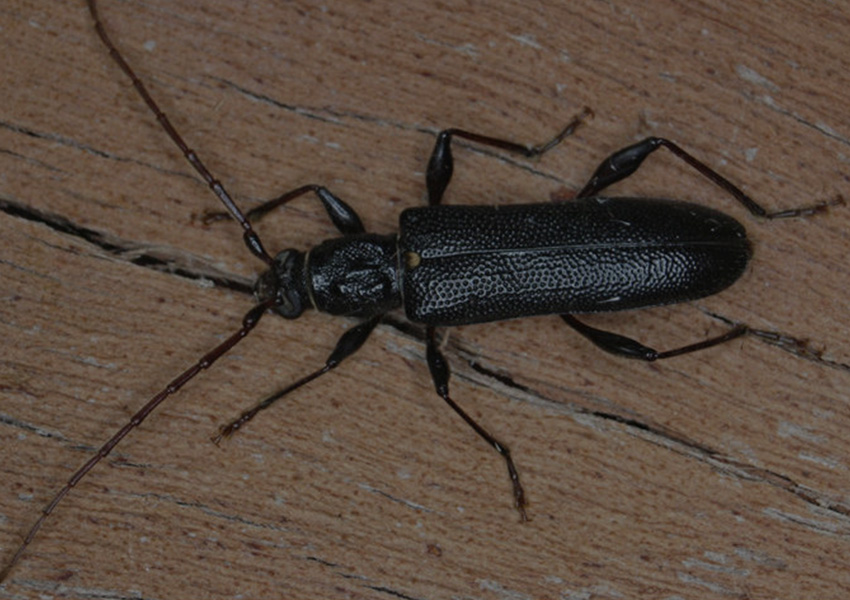

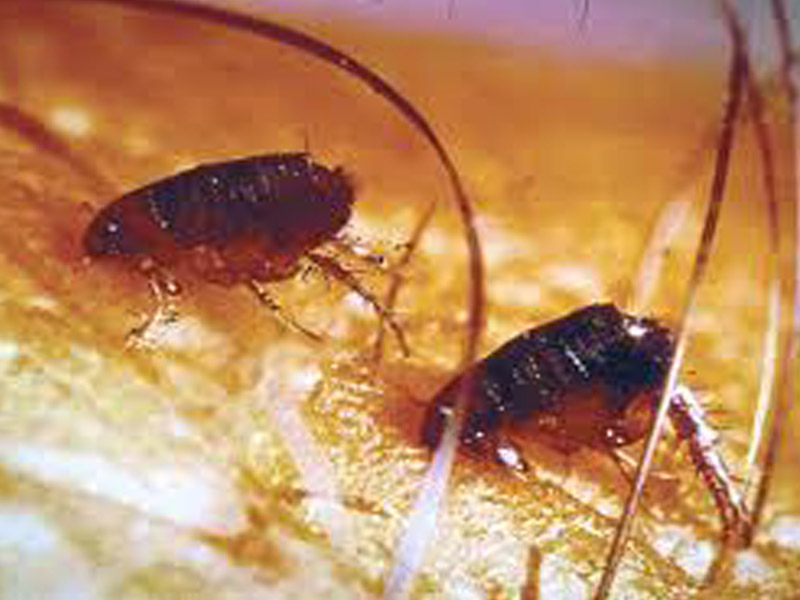
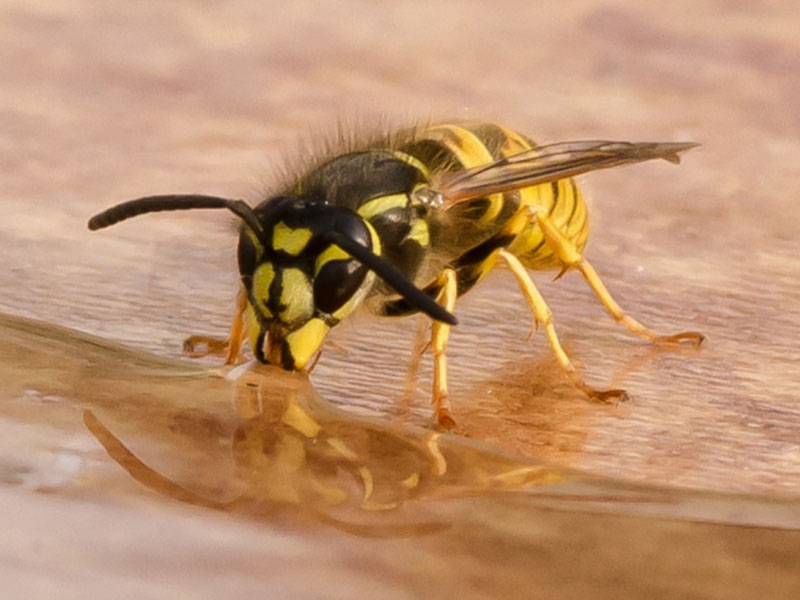
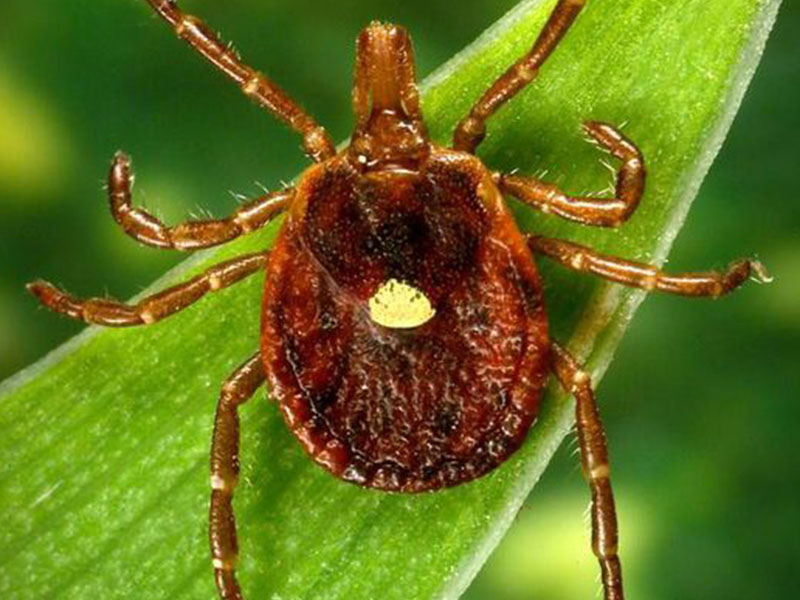
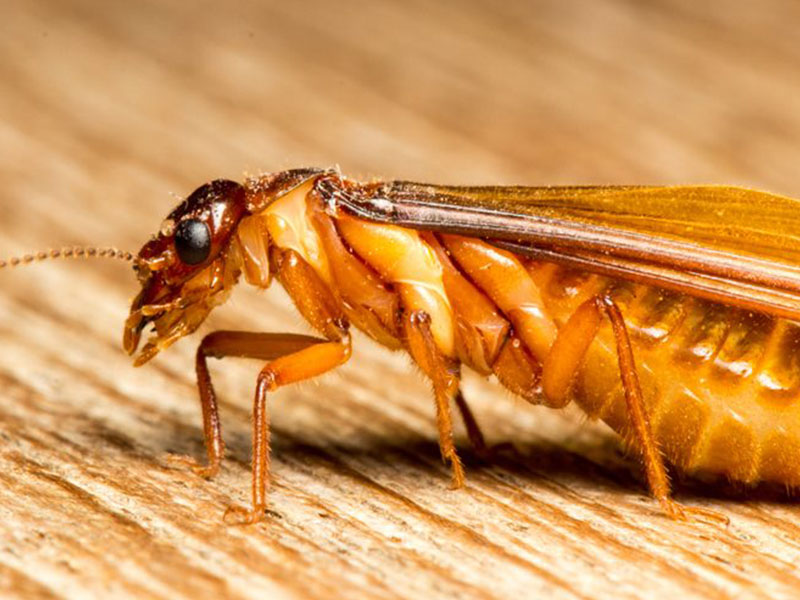
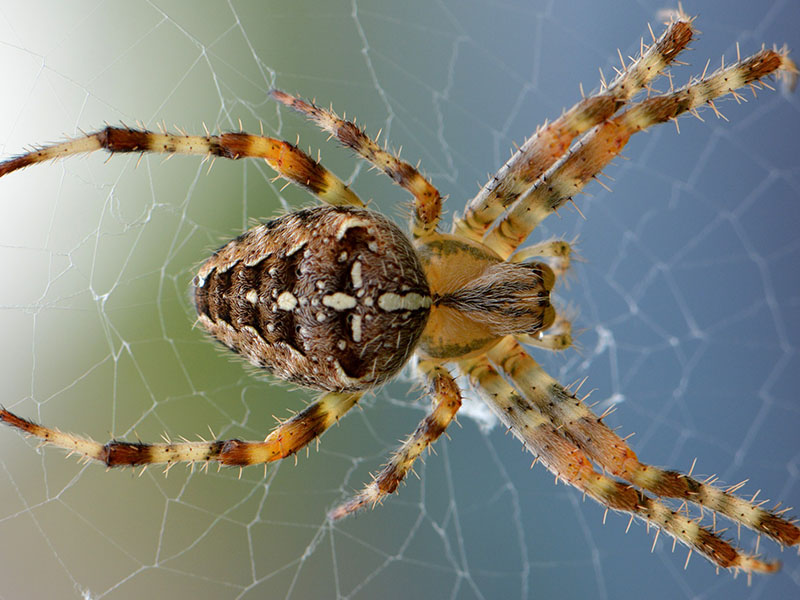
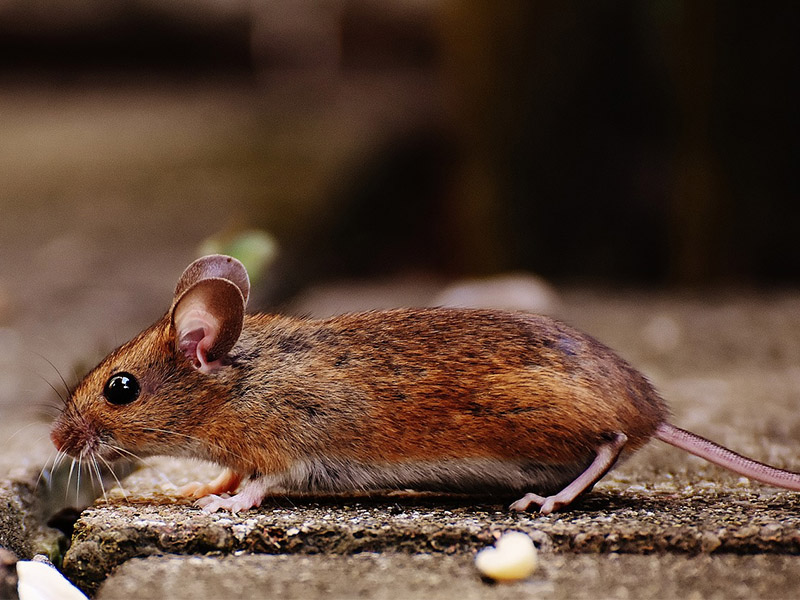
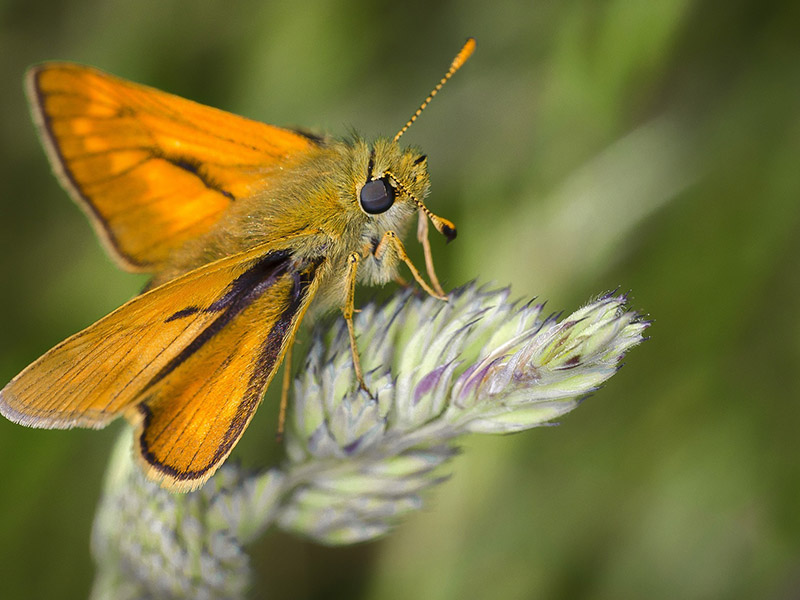
Recent Comments